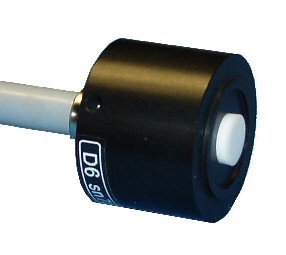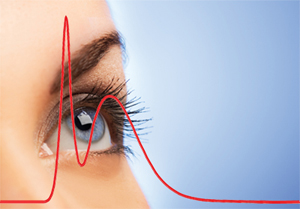Photobiological Safety of Lamps
Faced with a complex series of measurements of spectral irradiance and spectral radiance over wide spectral range, and in response to the recommended measurement instrumentation of IEC 62471 (notably the use of a double monochromator to provide excellent stray light rejection and high spectral resolution wide spectral range), Bentham has configured the IDR300-PSL measurement system.
Incorporating products from the long-established Bentham spectroradiometer and accessories portfolio, with the introduction of new products designed to meet the specific requirements of these measurements, the IDR300-PSL system provides an automated measurement solution with full software guidance, calculation and classification.
Incorporating products from the long-established Bentham spectroradiometer and accessories portfolio, with the introduction of new products designed to meet the specific requirements of these measurements, the IDR300-PSL system provides an automated measurement solution with full software guidance, calculation and classification.
| Skin or cornea hazard | ||
|---|---|---|
| Actinic UV skin & eye | ES | 200-400nm |
| Eye UV-A | EUVA | 315-400nm |
| Blue light small source | EB | 300-700nm |
| Eye IR | EIR | 780-3000nm |
| Skin thermal | EH | 380-3000nm |
| Retinal hazard | ||
| Blue light | LB | 300-700nm |
| Retinal thermal | LR | 380-1400nm |
| Retinal thermal (weak) | LIR | 780-1400nm |
In consideration of six hazards to the skin and eye, measurements of spectral irradiance are performed over the range 200-3000nm and spectral radiance 300-1400nm.
At the heart of the system is the IDR300 integrated double spectroradiometer combining:
- flexibility of turret-mounted diffraction gratings for uninterrupted measurement over a wide spectral range
- motorised slits to vary instrument bandwidth over the measurement range
- stray light performance of a double monochromator, a key factor in the UV region
- integrated DC electronics
- 3 detector ports
- fully computer-controlled through Windows® application, BenWin+
- USB interface
According to the measured quantity, the appropriate input optic should be used to define the geometry of measurement from which light is coupled into the spectroradiometer.
To measure spectral irradiance, we require an input optic to measure light arriving from the entire hemisphere above the measurement plane. The D7 diffuser, having the exceptionally low cosine error of f2<1%, accurately measures this quantity over the range 200-1100nm.
To measure spectral radiance, we require an input optic to measure in a given field of view to mimic the imaging function of the human eye. According to the standard, there are three key fields of view, two of which are measured with the TEL309 telescope.


TEL309 Telescope D7 Diffuser
In order to achieve both given field of view and use over the range 200mm to several metres, the TEL309 consists of a motorised relay optic and wheel of apertures with a USB camera viewer for the user to view the FOV.
Accompanying the system is a set of 3 calibration standards, with calibration traceable to NPL, UK, to provide the user with a traceable calibration chain, an important aspect of consideration in accreditation. Guidance is also provided in the determination of source subtense, required in the evaluation of the retinal hazards.
This system is also capable of performing measurements required for the implementation of IEC TR 62778. Where application of IEC TR 62778 alone is sought, a reduced system is available.



